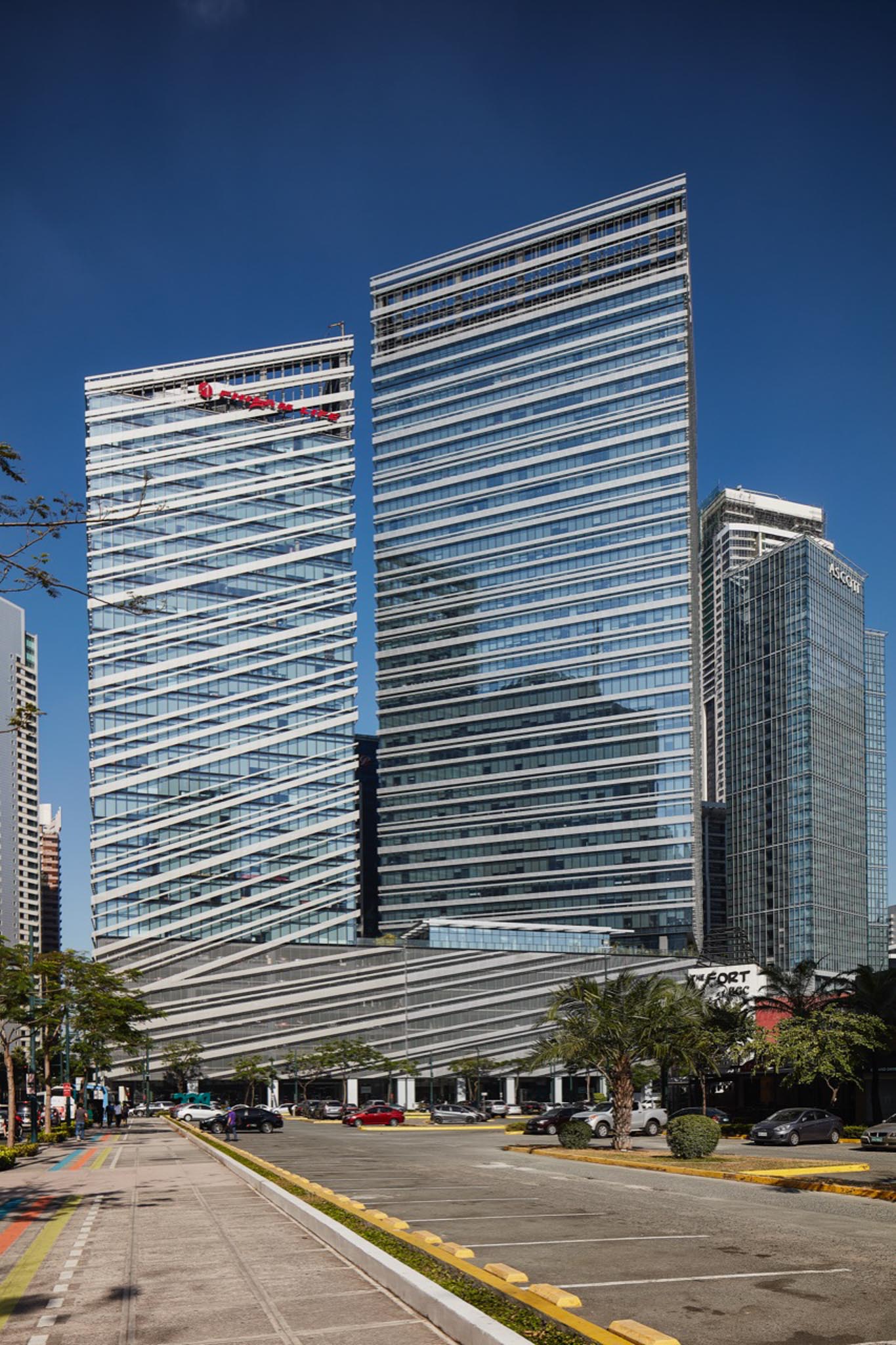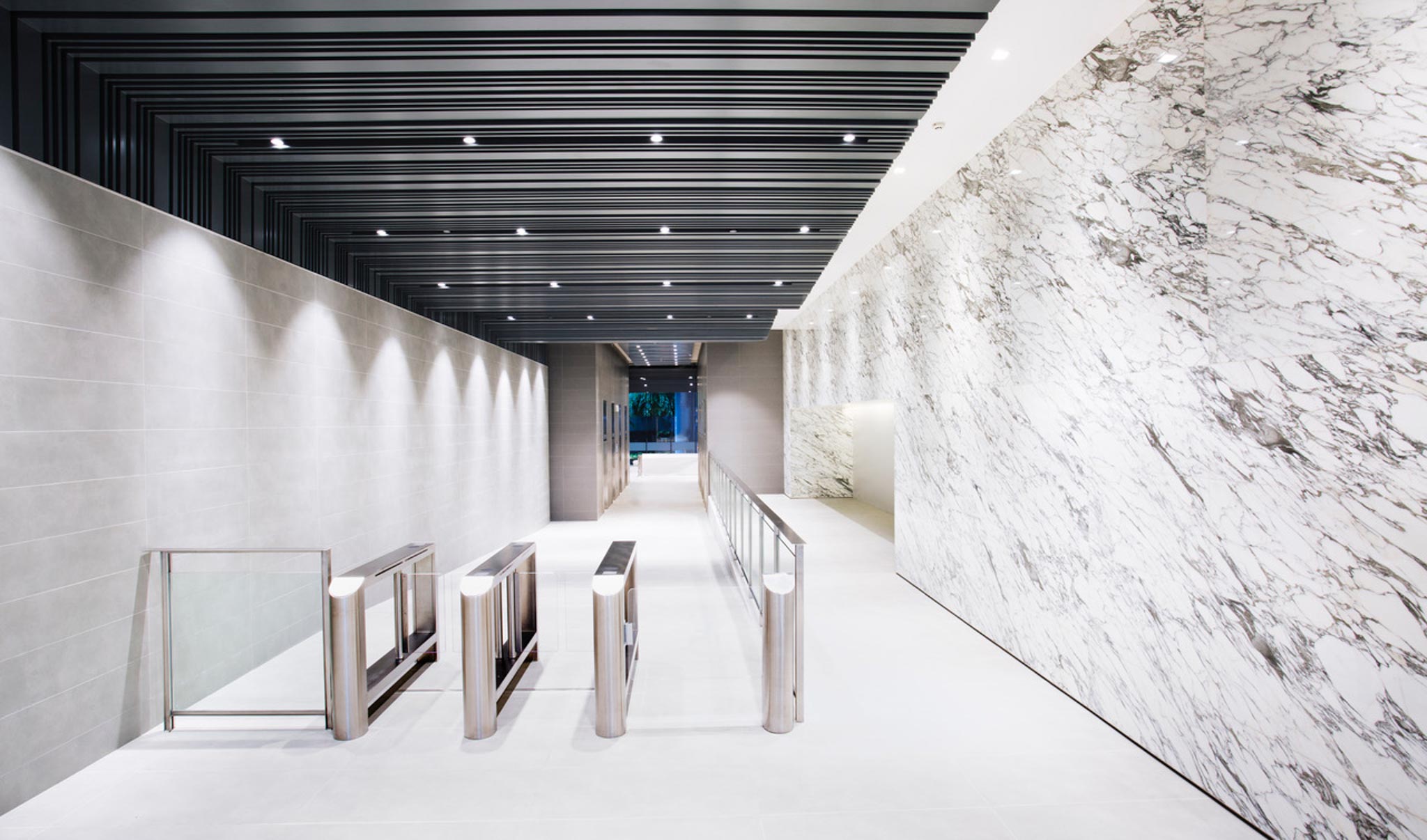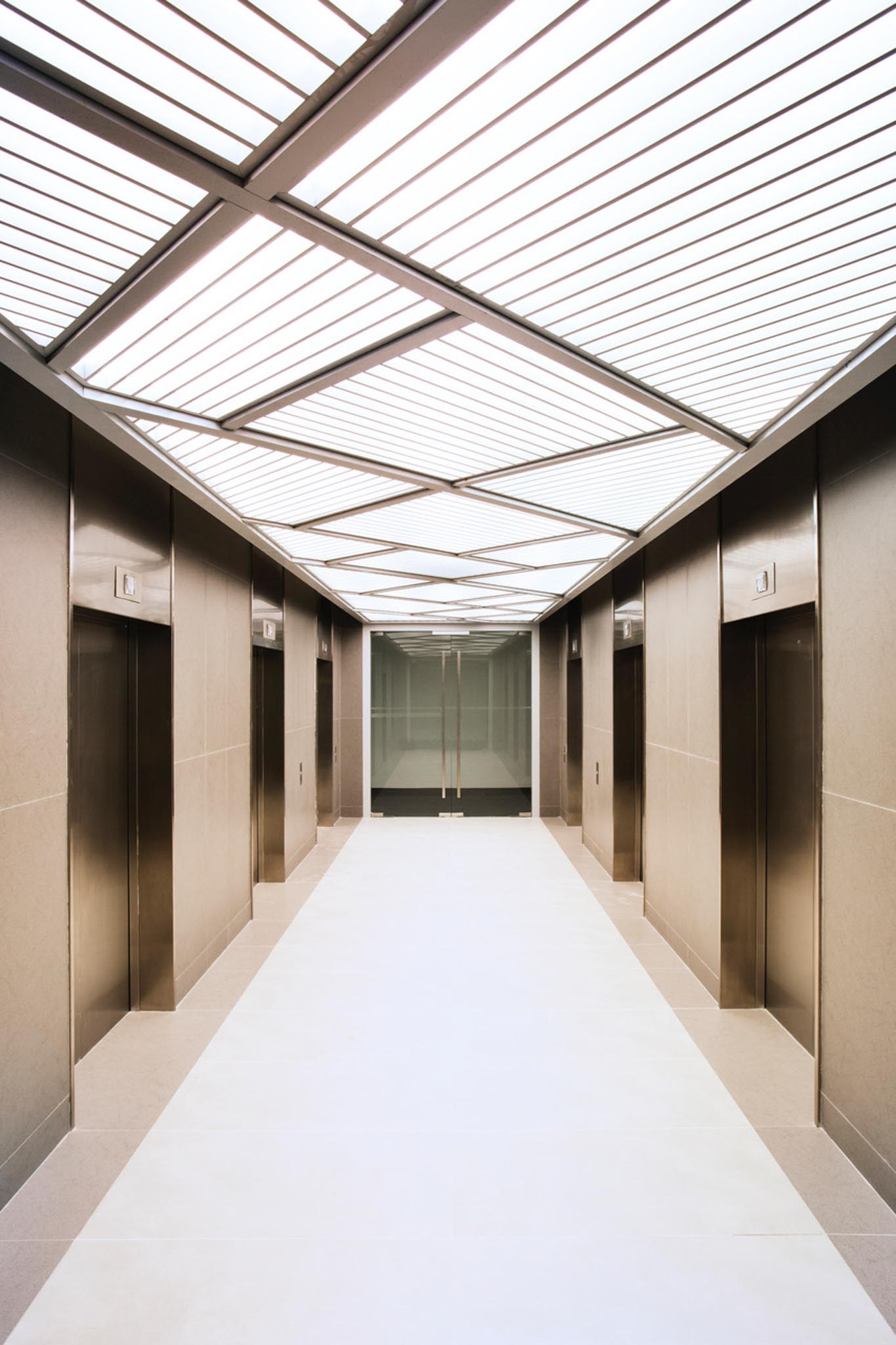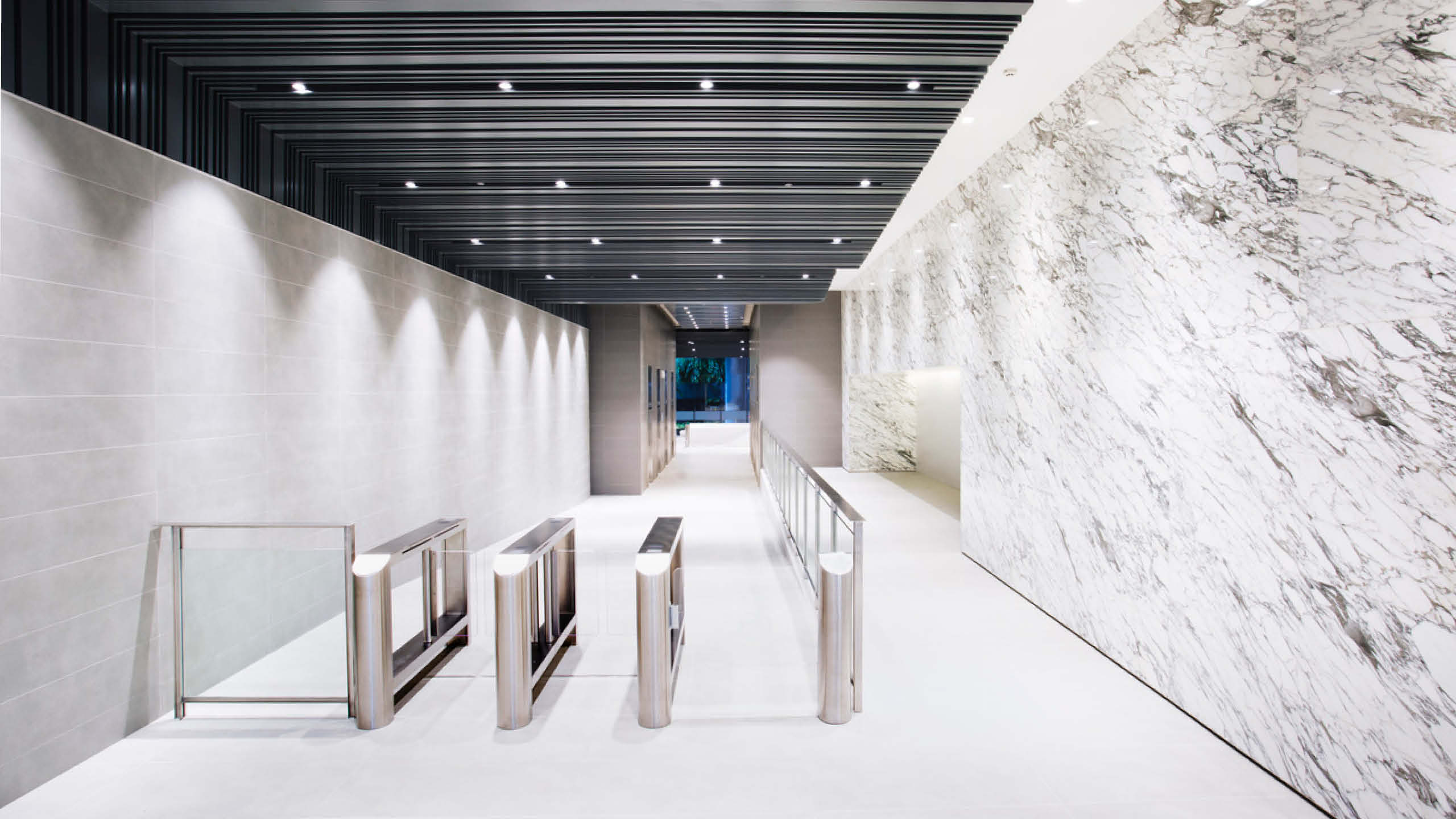Sustainability and green building shouldn’t just be add-ons to buildings. They must be mandatory to create communities that will still function well. That and they wouldn’t add to the climate crisis we’re currently facing. This is the basic gist that designer and architect Carol Karthe mentioned during an interview regarding the sustainable and eclectic residential home–The Birdhouse in Laguna.
When it comes to sustainable building, the industry has a wide variety of certifications that announce how environmentally-friendly a building is. From the U.S. Green Building Council, there’s the Leadership in Energy and Environmental Design (LEED) Certification–the world’s most widely used green building rating system. With a LEED certification, people are assured that a building is healthy, efficient, and cost-saving.
Here in the Philippines, we have our own set of green organizations. So far, these include The Green Architecture Movement (GAM) of the United Architects of the Philippines, and Green Architecture Advocacy Philippines (GreenAP). These two are non-profit organizations. The Philippine Green Building Council (PhilGBC) meanwhile is the country’s own green building council.



The local counterpart for LEED meanwhile is a Building for Ecologically Responsive Design Excellence (BERDE) certification. Currently, there are two BERDE technical manuals by the PhilGBC. BERDE for New construction and BERDE for Existing Buildings. Both give details regarding the standards that each building will be measured against. BERDE is also the world’s first rating system that considers heritage conservation.
BERDE’s Core Framework
BERDE has four major rating schemes–new construction, retrofits and renovations, operations, and existing buildings. But what are the 11 core frameworks essential in developing a green building project under BERDE? There are several things to note regarding the core framework but here’s just a bit of information about them.
Management
Focuses on the sustainable processes and practices that identify the most cost-effective and sustainable strategies for the project. Here, the owner of the project must note that a certified Green Building Professional (GBP) works with them. It also identifies the most sustainable and cost-effective strategies in the design, construction, and operations.
Use of Land and Ecology
This promotes effective site selection alongside the mindful use of the land. It also takes note of how much negative impact against the local ecology is reduced.
Energy
To manage, reduce, and eliminate the excessive use of energy in the project. This evaluates the implementation of renewable energy in the project.
Water
This category checks if the project effectively manages and reduces the overall water demand. Here, details like water consumption reduction, greywater reuse, and effective rainwater harvesting are considered.
Waste
This considers if the project properly manages solid waste to reduce whatever waste is generated during the project. By effectively managing waste at the source, there’s a lesser need for waste infrastructure and financial payments to manage waste among many other things.
Materials
This checks whether the project uses green and local materials. Green materials don’t just lessen environmental impact. They also improve indoor environment quality.
Transportation
Traffic is also considered by BERDE certifications. This considers if the project uses sustainable transport strategies to help reduce traffic congestion around the project.
Health and Wellbeing
The users are the most important factor in all projects. This considers if the building improves productivity and comfort while addressing the building’s impact on the users’ well being.
Emissions
This checks whether the project use materials and products that reduce emissions contributing to global warming and climate change. Here, the Green House Gas (GHG) inventory is checked alongside the implementation of refrigerant policies.
Community Engagement
This checks whether the project involves the community in the project. It sees if the project helps create a distinct identity and uses green building features for the community’s betterment.
Economic Opportunity
This category checks if the project helps create green jobs and supports local business and individuals.
So far, an example of one of the most popular buildings with a five-star BERDE certification is Seven/NEO which flaunts an award-winning sustainable design. With projects like these taking the forefront, the future could have more structures that mimic or may even come out better than the ones we have now.
Photos by Ed Simon



